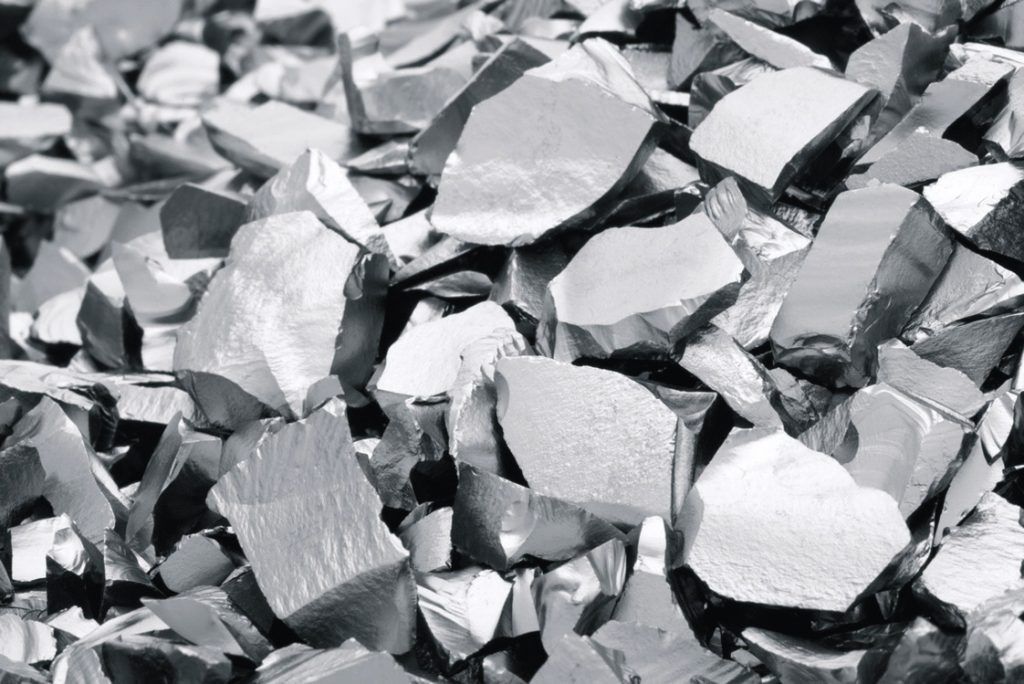After several months of intense price declines, signs of stabilization are finally emerging in the solar PV industry chain, as indicated by data from multiple research institutions.

According to the Silicon Industry Branch of the China Nonferrous Metals Industry Association, the average price decline for different types of polysilicon this week ranged from 0.27% to 1.12%, significantly narrower than before.
InfoLink Consulting reported that the average price of polysilicon prime for mono this week was RMB 64,000 per ton, a decrease of 5.9% compared to the previous week. The price levels provided by these two institutions are generally consistent.
InfoLink noted that apart from the overall narrowing of price declines, the price difference between polysilicon from top-tier manufacturers and those from second and third-tier manufacturers has also significantly decreased. This is because overall prices have entered the bottom range, even falling below the breakeven point for some manufacturers, leaving limited room for further price cuts.
There are various reasons for this stabilization, researchers believe. While the overall supply of polysilicon has improved, the demand and the scale of signed contracts have also shown signs of recovery.
With prices at the bottom range, buyers’ concerns and disruptive factors have reduced, leading to more favorable negotiations and signing of orders.
Some buyers have taken proactive measures and purchasing actions in response to the uncertainties and potential threats of the high summer temperatures in the third quarter.
Inventory risks that were weighing on polysilicon companies have also eased. On one hand, the sales of higher-quality polysilicon from select top-tier companies have significantly improved recently. On the other hand, there still exists a stockpile of 60,000 to 70,000 tons of polysilicon. As a result of these factors, there has been a temporary adjustment in the distribution of polysilicon inventory.
Lv Jinbiao, Deputy Director of the Silicon Industry Branch, said that in terms of supply, the newly added production capacity of polysilicon in the first half of the year was less than 300,000 tons per year, accounting for only 18% of the annual incremental capacity. There will be no significant increase in supply in July compared to the previous month.
In terms of demand, as the prices throughout the entire industry chain have stabilized at low levels, with module prices remaining stable in the range of RMB 1.4 to 1.5 per watt, large ground-mounted project developers are no longer hesitant about starting construction.
After the low-priced sell-off at the beginning of the month, the inventory of polysilicon companies has dropped to the level equivalent to one month’s production, while downstream companies have low inventories. If there are factors such as high summer temperatures and power restrictions, reduced supply may lead to price rebounds.
Wafer price reduction slows down
For silicon wafers, InfoLink’s data shows that the price of 182 mm wafers remained unchanged this week, still at RMB 2.8 per piece, while the price of 210 mm wafers fell by 4.8% to RMB 4 per piece.
The Silicon Industry Branch’s pricing is also similar to this. Overall, the downward price trend is slowing down, and the space for price declines is continuing to shrink.
InfoLink believes that as prices reach the bottom and stabilize, recent initiatives to bottom-fish silicon wafers have resulted in some of the wafer inventory shifting to traders and cell manufacturers.
Looking ahead, if the high price levels of wafer manufacturers are sustained and new production capacity is released as planned, it will be difficult to effectively alleviate and even continue to accumulate wafer inventory, leading to sustained low prices.
However, as prices gradually approach the manufacturers’ production cost line, some manufacturers may be forced to reduce their operating rates. July will continue to see changes in operating rates that will affect price and inventory levels.
In fact, both polysilicon and wafers have shown signs of market prices approaching or falling below the cost lines of some companies. Taking polysilicon as an example, Lv Jinbiao pointed out that the current trading price of RMB 60,000 to 70,000 per ton has already reached the cost level of some enterprises.
The enterprises under cost pressure have not yet seen suspensions, but new facilities under construction are no longer rushing to meet deadlines.
Cell prices continue to decline
Looking downstream, the price of solar cells continued to decline this week, with mainstream sizes such as 182 mm and 210 mm cells trading at around RMB 0.7 per watt and RMB 0.73 per watt, respectively. The price of 182 mm cells remains low, at around RMB 0.68 to 0.69 per watt, with overall price declines ranging from 1% to 3%.
Despite the continued decline in solar cell prices, there are indications that the downward trend may be slowing down. InfoLink Consulting reported that the price decline for mainstream sizes of solar cells this week ranged from 1% to 3%, which is smaller compared to previous weeks. This suggests that the market is approaching a stabilization point.
One factor contributing to the stabilization of solar cell prices is the increasing demand for solar PV installations. As the cost of solar panels decreases, more consumers and businesses are investing in solar energy systems. This growing demand helps support prices and prevent further drastic declines.
Additionally, the reduction in inventory levels throughout the industry chain has contributed to price stabilization. With suppliers and manufacturers adjusting their production rates to match demand, excess inventory is being cleared, leading to a more balanced market.
The future outlook for solar PV industry chain prices remains uncertain. While signs of stabilization are emerging, factors such as changes in government policies, fluctuations in raw material costs, and global economic conditions can still impact prices.


